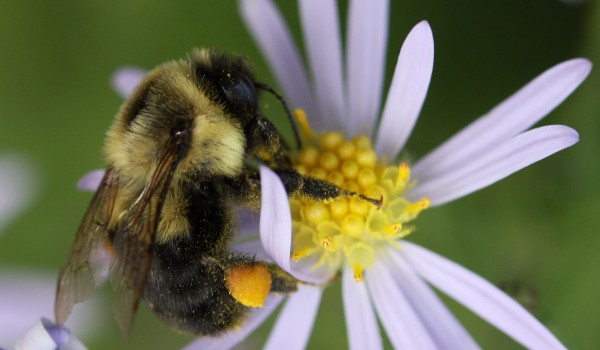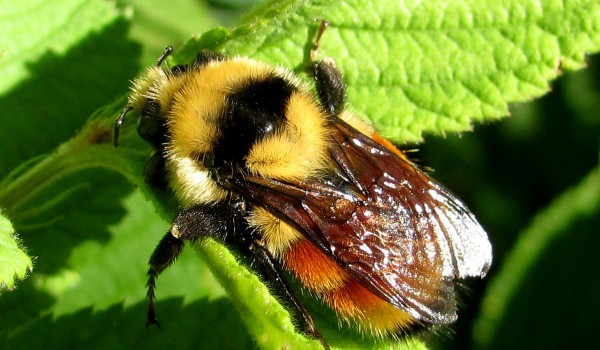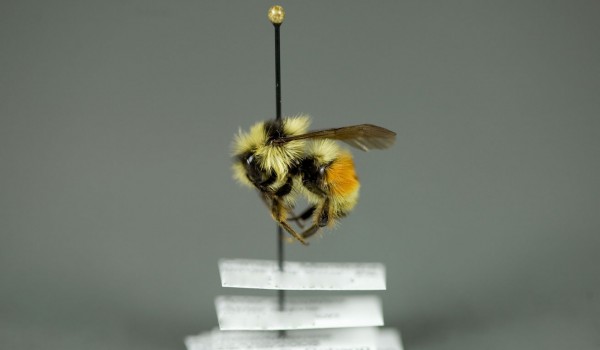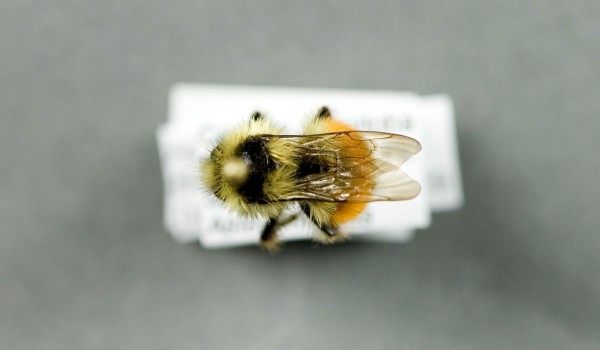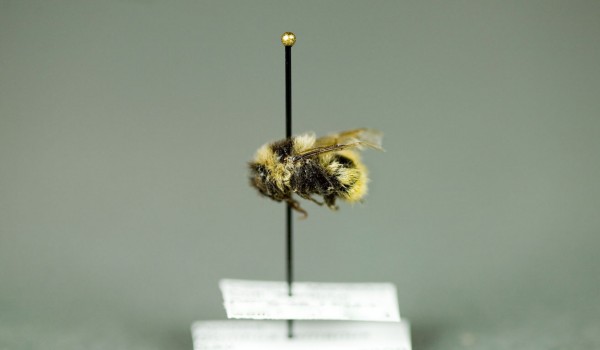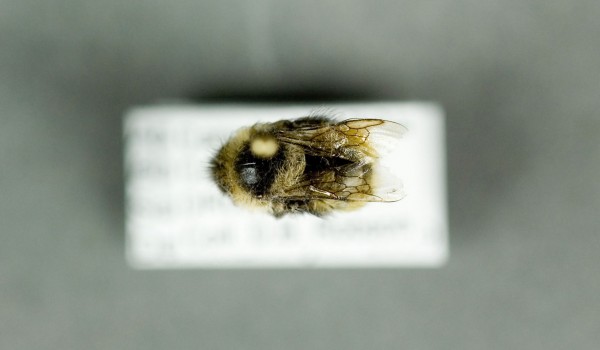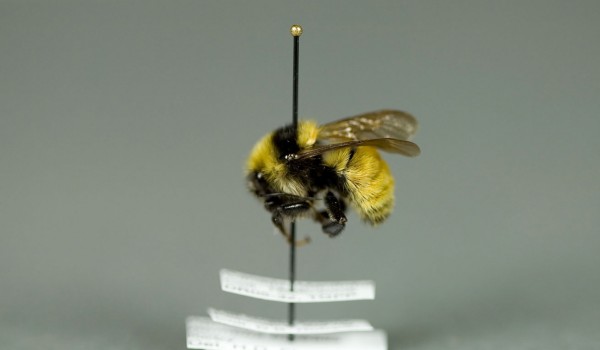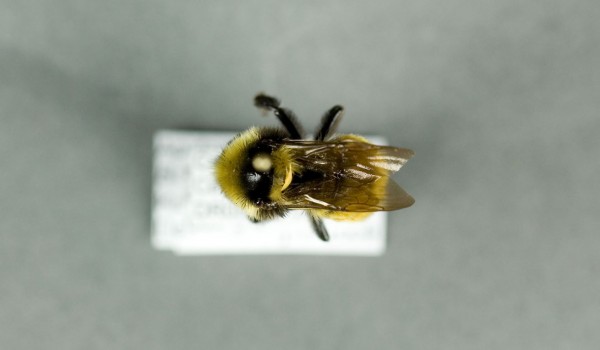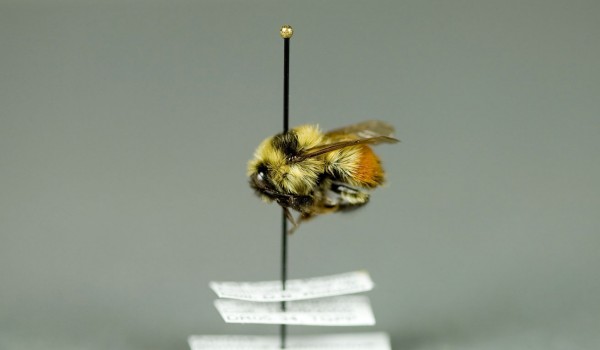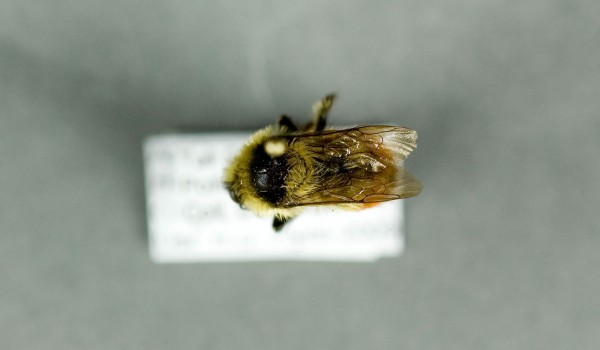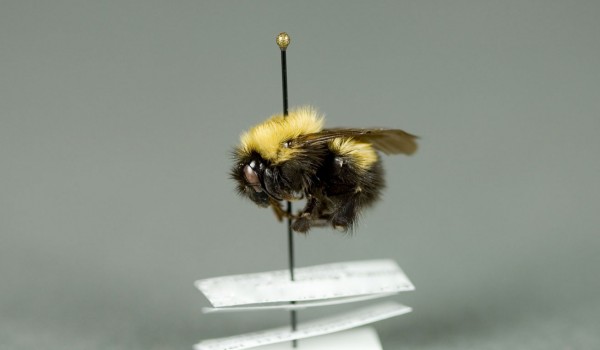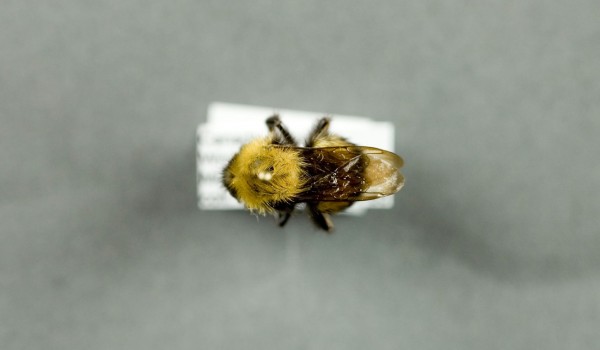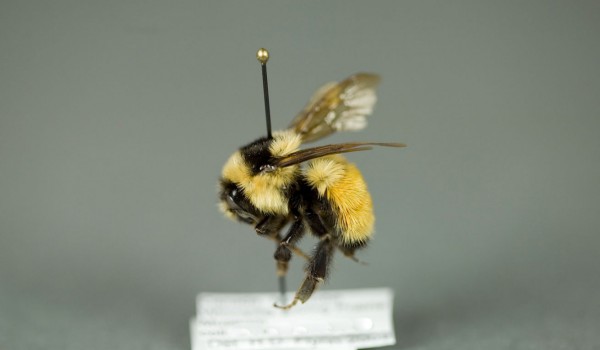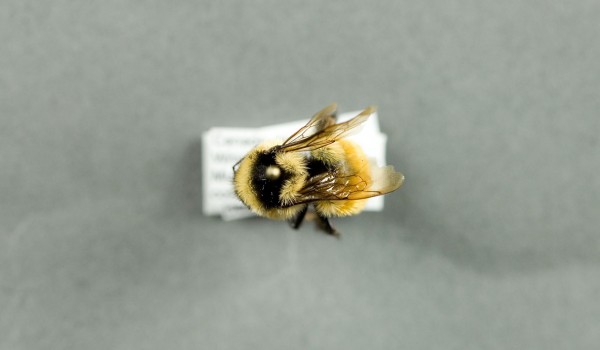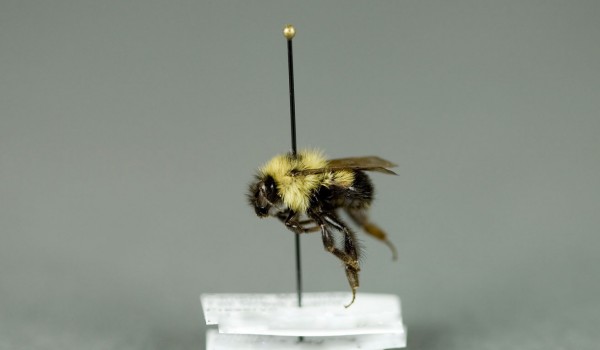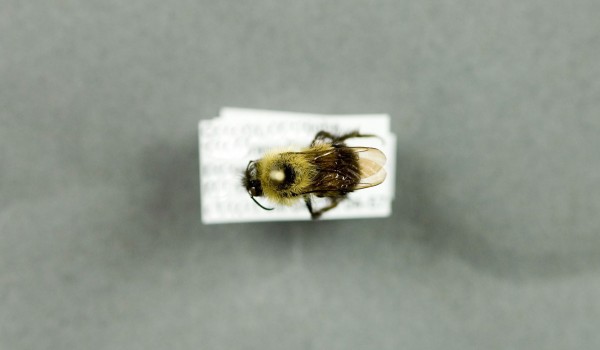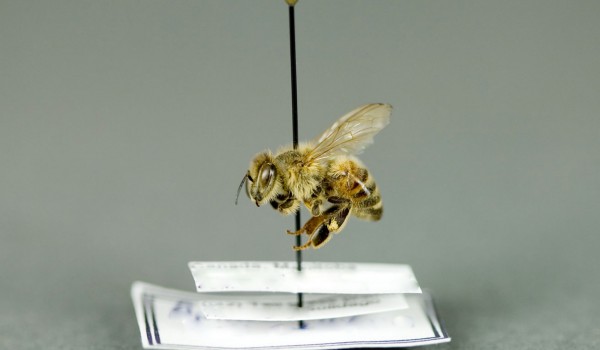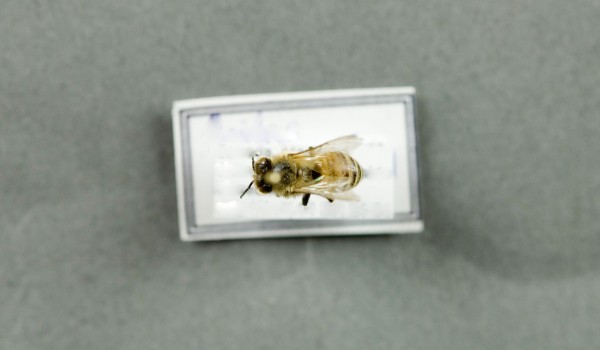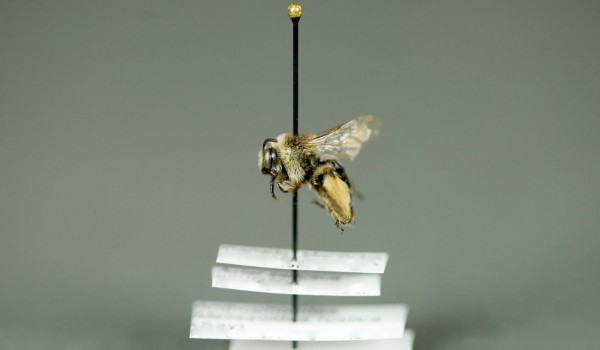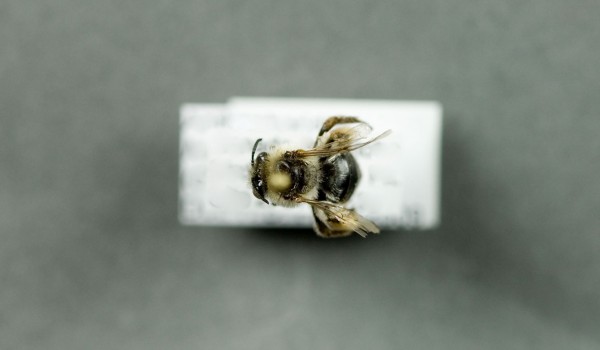Bees, Wasps, and Ants (Hymenoptera)
Bumble, Honey, and other Bees
Apidae (Subfamily Apinae)This is a diverse subfamily that includes both well-known and lesser-known species, many of which live in groups. These bees are effective plant pollinators. Honeybees are not native to North America, and feed exclusively on plant nectar. They also collect pollen to feed their larvae. Some species, such as Bumblebees, forage on a wide range of flowers. Others, like some Long-horned Bees, specialize on particular flowers (e.g. sunflowers).
Representative Genera and Species:
Apis mellifera, Bombus bifarius, B. borealis, B. fervidus, B. perplexus, B. rufocinctus, B. ternarius, B. vagans, Melissoides rustica
Pollinator Life Cycle:
Bumblebee colonies have an annual cycle. The queen emerges in the spring to start a new colony. She lays eggs in a newly found nest site, and forages for nectar and pollen to feed her larvae. When workers mature and emerge, they take over feeding duties while she continues reproducing. After mating with a newly emerged queen, males leave the nest to forage on their own. The colony eventually disintegrates and the new queen goes into hibernation for the winter. In Honeybee hives, a single queen mates with multiple males, and lays up to 2000 eggs per day. Instead of an annual cycle, hives persist year-to-year, even when the queen is replaced. Workers are non-reproducing females that collect nectar and pollen to feed the queen and larvae. Males do not have stingers, as their only purpose is to mate with the queen. Many Long-horned Bees build solitary nests. Sometimes they nest communally, but each female takes responsibility for her own brood.
Rarity Status:
No bees are legally protected in Canada. The status of Bumblebees has been assessed, and most species are “secure” or “undetermined” in Canada. The Rusty Patched Bumblebee “may be at risk” across its Canadian range.
Physical Appearance:
Bumblebees are large (13-28 mm long), and usually coloured black and yellow or red with banding on their thorax and/or abdomen. Pollen sticks easily to their thick, feathery, insulating body hair. These hairs, along with pollen baskets on their hind legs, make them effective pollinators. Only females have stingers. Honeybees are usually 12-20 mm long, and vary from shades of brown to black, often with striped abdomens. They are specially adapted for carrying pollen: they have long hairy tongues, hairy eyes, and hairy pollen-collecting coats. Honeybees also have pollen baskets on their hind legs. Long-horned Bees are small to moderately sized, hairy bees. Colouration is usually brown, black, and yellow, often with pale bands on their abdomen and yellow faces. The name “Long-horned” comes from the long antennae of males. Only females have pollen baskets on their hind legs.
Pollinator Habitat:
These bees show a diverse range of nesting behaviours and habitats. Bumblebees are social, and live in colonies of 150–200. They nest underground, often in abandoned rodent nests. Honeybees are also social, but live in larger hives of 60 000 –70 000. They are usually located in tree cavities or dead wood. Many species are solitary, like the Long-horned Bees. They often make their nests in flat ground, but may also build horizontal nests in exposed banks.
Canadian Distribution:
- Alberta
- British Columbia
- Manitoba
- New Brunswick
- Newfoundland/Labrador
- Northwest Territories
- Nova Scotia
- Nunavut
- Ontario
- Prince Edward Island
- Quebec
- Saskatchewan
- Yukon
Prairie Types:
- Fescue Prairie
- Mixed Grass Prairie
- Tall Grass Prairie
Associated Plants:
-
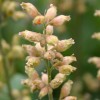 Alumroot
Alumroot
-
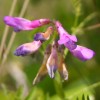 American Vetch
American Vetch
-
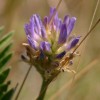 Ascending Purple Milk-vetch
Ascending Purple Milk-vetch
-
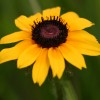 Black-eyed Susan
Black-eyed Susan
-
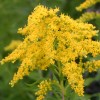 Canada Goldenrod
Canada Goldenrod
-
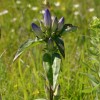 Closed Gentian
Closed Gentian
-
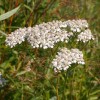 Common Yarrow
Common Yarrow
-
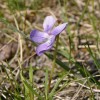 Crowfoot Violet
Crowfoot Violet
-
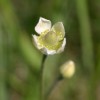 Cut-leaved Anemone
Cut-leaved Anemone
-
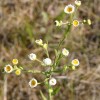 Daisy Fleabane
Daisy Fleabane
-
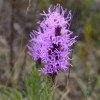 Dotted Blazingstar
Dotted Blazingstar
-
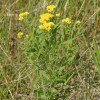 Flat-top Goldenrod
Flat-top Goldenrod
-
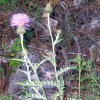 Flodman's Thistle
Flodman's Thistle
-
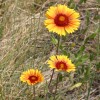 Gaillardia
Gaillardia
-
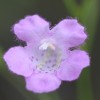 Gattinger's Agalinis
Gattinger's Agalinis
-
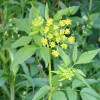 Golden Alexander
Golden Alexander
-
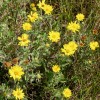 Hairy Golden Aster
Hairy Golden Aster
-
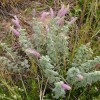 Hairy Prairie-clover
Hairy Prairie-clover
-
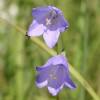 Harebell
Harebell
-
 Heart-leaved Alexander
Heart-leaved Alexander
-
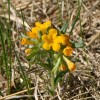 Hoary Puccoon
Hoary Puccoon
-
 Large-flowered False Dandelion
Large-flowered False Dandelion
-
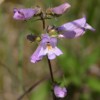 Lilac-flowered Beardtongue
Lilac-flowered Beardtongue
-
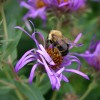 Lindley's Aster
Lindley's Aster
-
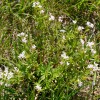 Long-leaved Bluets
Long-leaved Bluets
-
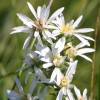 Many-flowered Aster
Many-flowered Aster
-
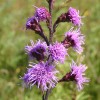 Meadow Blazingstar
Meadow Blazingstar
-
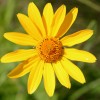 Narrow-leaved Sunflower
Narrow-leaved Sunflower
-
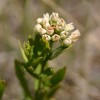 Pale Comandra
Pale Comandra
-
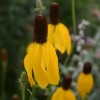 Prairie Coneflower
Prairie Coneflower
-
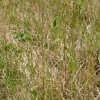 Prairie Groundsel
Prairie Groundsel
-
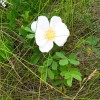 Prairie Rose
Prairie Rose
-
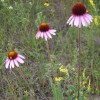 Purple Coneflower
Purple Coneflower
-
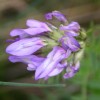 Purple Milk-vetch
Purple Milk-vetch
-
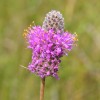 Purple Prairie-clover
Purple Prairie-clover
-
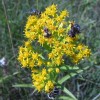 Riddell's Goldenrod
Riddell's Goldenrod
-
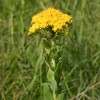 Rigid Goldenrod
Rigid Goldenrod
-
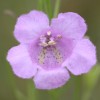 Rough Agalinis
Rough Agalinis
-
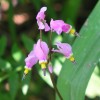 Saline Shootingstar
Saline Shootingstar
-
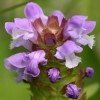 Selfheal
Selfheal
-
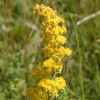 Showy Goldenrod
Showy Goldenrod
-
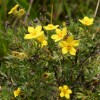 Shrubby Cinquefoil
Shrubby Cinquefoil
-
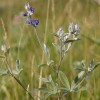 Silverleaf Psoralea
Silverleaf Psoralea
-
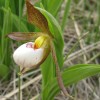 Small White Lady's-slipper
Small White Lady's-slipper
-
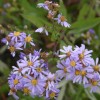 Smooth Aster
Smooth Aster
-
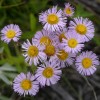 Smooth Fleabane
Smooth Fleabane
-
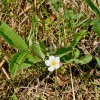 Smooth Wild Strawberry
Smooth Wild Strawberry
-
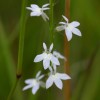 Spiked Lobelia
Spiked Lobelia
-
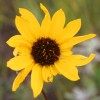 Stiff Sunflower
Stiff Sunflower
-
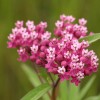 Swamp Milkweed
Swamp Milkweed
-
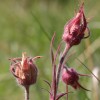 Three-flowered Avens
Three-flowered Avens
-
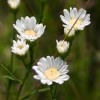 Upland White Goldenrod
Upland White Goldenrod
-
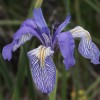 Western Blue Flag
Western Blue Flag
-
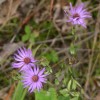 Western Silvery Aster
Western Silvery Aster
-
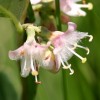 Western Snowberry
Western Snowberry
-
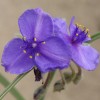 Western Spiderwort
Western Spiderwort
-
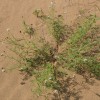 White Prairie-clover
White Prairie-clover
-
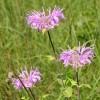 Wild Bergamot
Wild Bergamot
-
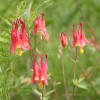 Wild Columbine
Wild Columbine






